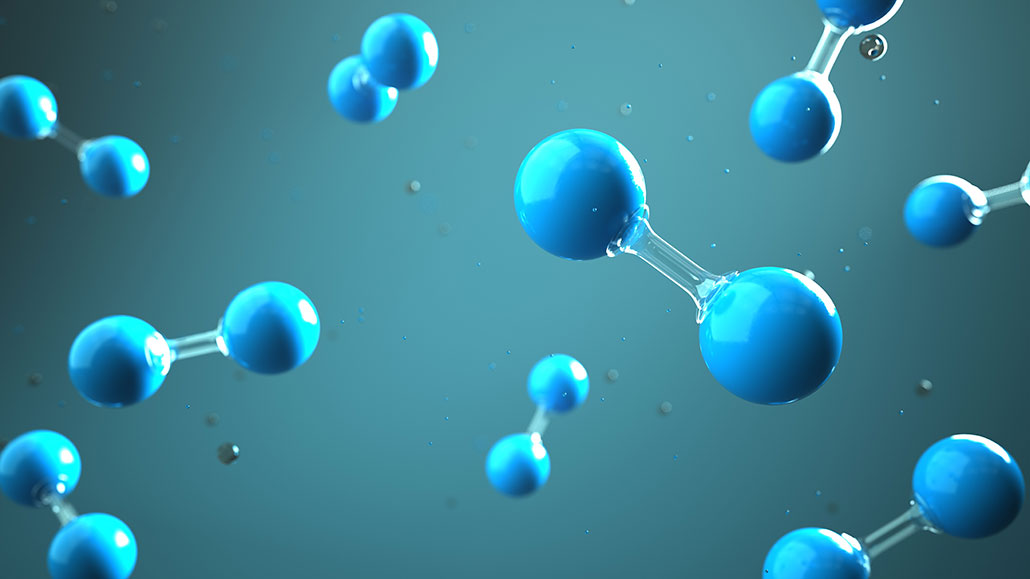Understanding chemical bonding and molecular interactions is crucial for grasping how substances interact, form compounds, and undergo chemical reactions. This guide explores the core concepts of bonding and interactions that are fundamental to chemistry.
Types of Chemical Bonds
1. Ionic Bonds: Ionic bonds form when electrons are transferred from one atom to another. This transfer creates positively charged cations and negatively charged anions, which attract each other due to their opposite charges. Typically, ionic bonds occur between metals and non-metals. A classic example is the bonding in sodium chloride (NaCl), where sodium donates an electron to chlorine, resulting in a stable ionic compound.
2. Covalent Bonds: Covalent bonds are formed when two atoms share one or more pairs of electrons. This sharing allows both atoms to achieve a full outer electron shell, making them more stable. Covalent bonds can be single, double, or triple, depending on the number of electron pairs shared. Water (H₂O) is a common example, where each hydrogen atom shares one electron with the oxygen atom.
3. Metallic Bonds: In metallic bonds, electrons are not shared or transferred but are instead delocalized over a lattice of metal atoms. This ‘sea of electrons’ moves freely, which explains the conductivity and malleability of metals. The metallic bond gives metals their distinctive properties, such as ductility and high melting points.
Bond Formation
Electron Sharing: In covalent bonding, atoms share electrons to fill their outer electron shells, achieving a stable electron configuration akin to noble gases. This sharing can lead to the formation of molecules with specific shapes and properties.

Basics of Chemical Bonding and Molecular Interaction
Electron Transfer: Ionic bonds form through the transfer of electrons from one atom to another, creating ions that attract each other due to electrostatic forces. This process results in the formation of ionic compounds with high melting and boiling points.
Molecular Geometry
VSEPR Theory (Valence Shell Electron Pair Repulsion): VSEPR theory helps predict the shape of molecules based on the repulsion between electron pairs around a central atom. The theory postulates that electron pairs arrange themselves to minimize repulsion, leading to specific geometric shapes. Common molecular geometries include:
- Linear: Atoms are arranged in a straight line (e.g., CO₂).
- Trigonal Planar: Atoms form a flat triangle (e.g., BF₃).
- Tetrahedral: Atoms form a three-dimensional pyramid with a triangular base (e.g., CH₄).
- Trigonal Bipyramidal: Atoms form a shape with two pyramids base-to-base (e.g., PCl₅).
- Octahedral: Atoms form a shape with eight faces (e.g., SF₆).
Polarity of Molecules
Nonpolar Molecules: Nonpolar molecules occur when electrons are shared equally between atoms, resulting in no net dipole moment. This happens when atoms of the same element bond together, or when the bond dipoles cancel out due to symmetrical geometry.
Polar Molecules: Polar molecules have an uneven distribution of electrons, creating a dipole moment. This happens when there is a significant difference in electronegativity between the atoms involved in the bond, leading to partial positive and negative charges.
Intermolecular Forces
Hydrogen Bonds: Hydrogen bonds are strong dipole-dipole attractions that occur when hydrogen is bonded to highly electronegative atoms such as oxygen, nitrogen, or fluorine. This type of bonding is crucial in biological systems, such as DNA and proteins.
Van der Waals Forces: These are weak attractions between molecules caused by temporary dipoles due to momentary electron imbalances. They play a role in the behavior of nonpolar molecules and contribute to the physical properties of substances.
Dipole-Dipole Interactions: Dipole-dipole interactions occur between polar molecules with permanent dipoles. These forces influence the boiling and melting points of substances and their solubility in various solvents.
Understanding these basics of chemical bonding and molecular interactions provides a solid foundation for exploring more complex chemical phenomena. Whether you’re studying for an exam or just curious about how the world works at a molecular level, these concepts are essential in the study of chemistry.




